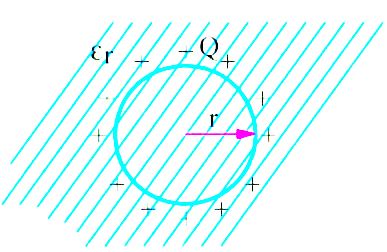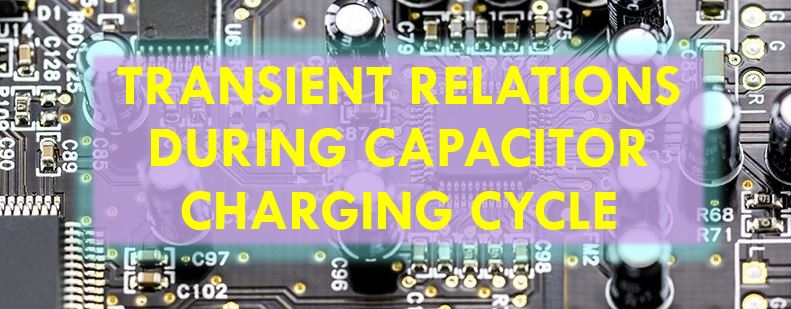What is capacitance?
What is capacitance?
The property of a capacitor to ‘store electricity’ may be called its capacitance.
As we may measure the capacity of a tank, not by the total mass or volume of water it can hold, but by the mass in kg of water required to raise its level by one metre, similarly, the capacitance of a capacitor is defined as “the amount of charge required to create a unit potential difference between its plates.” Suppose we give Q coulomb of charge to one of the two plate of capacitor and if a potential difference of V volts is established between the two, then its capacitance is
![]()
AdBlock-2
Hence, capacitance is the charge required per unit potential difference. By definition, the unit of capacitance is coulomb/volt which is also called farad (in honor of Michael Faraday)
∴ 1 farad = 1 coulomb/volt
One farad is defined as the capacitance of a capacitor which requires a charge of one coulomb to establish a potential difference of one volt between its plates. One farad is actually too large for practical purposes. Hence, much smaller units like microfarad (μF), nano-farad (nF) and micro-microfarad (μμF) or picofarad (pF) are generally employed.
1 μF = 10−9 F;
1 nF = 10−9 F ;
1 μμF or pF = 10−12F
Incidentally, capacitance is that property of a capacitor which delays and change of voltage
across it.
Capacitance of an Isolated Sphere
Consider a charged sphere of radius r meters having a charge of Q coulomb placed in a medium of relative permittivity εr as shown in Figure given below.

It has been proved (Refer – Potential at a Point) that the free surface potential V of such a sphere with respect to infinity (in practice, earth) is given by

Read article – Units of Resistivity
Visit NCERTplanet.com for NCERT solutions and Textbook downloads




